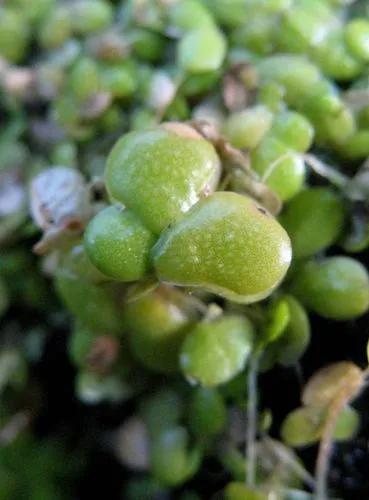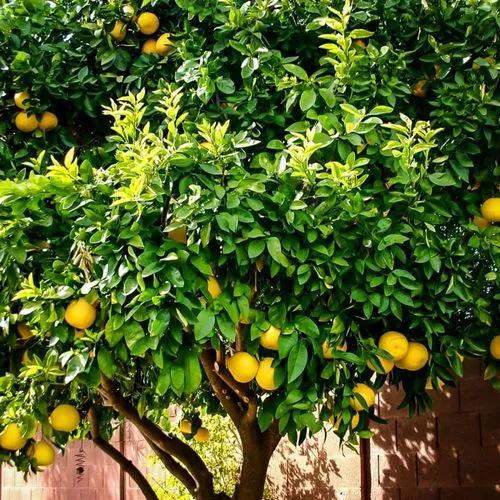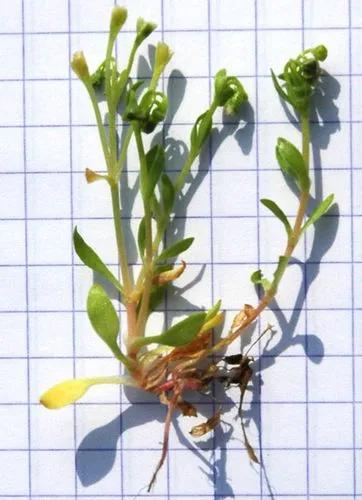Sago Pondweed is a perennial plant that arises from thickly matted rhizomes and has no floating leaves. The stems are thin, long and highly branching with leaves very thin and filament-like, about 1/16 of an inch wide and 2 to over 12 inches long tapering to a point. The leaves grow in thick layers and originate from a sheath. The fruit of Sago Pondweed is nut-like 1/8 to 1/4 inches long and 1/10 to 1/8 inches wide.
Sago Pondweed Care
Stuckenia Pectinata



Sago pondweed is an extremely important aquatic plant in lakes and ponds because of its nutritional value as a food source for birds, including waterfowl (especially diving ducks and swans), marsh birds, and shorebirds. The tubers and seeds are very nutritious, but leaves, stems and roots are also eaten. Sago also provides food for amphibians, reptiles, fish, and mammals. Sago beds provide habitat for a large number of invertebrates, which in turn are an important food source for young waterfowl.
How to Care for the Plant

Water

Plants are able to tolerate up to 3 months in a year when the water is absent

Fertilizer

Fertilization to produce a phytoplankton or algal “bloom” to prevent the establishment of most bottom rooted aquatic weeds. This also produces a strong food chain for the pond fish.

Sunlight

It is best given a loam based medium in full sun

Soil

It is best given a loam based medium in full sun

Popularity

64 people already have this plant 6 people have added this plant to their wishlists
Discover more plants with the list below
Popular articles






